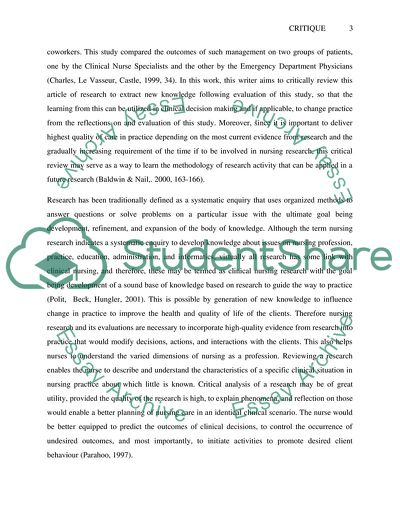Cite this document
(The Accident and Emergency Case Study Example | Topics and Well Written Essays - 5378 words, n.d.)
The Accident and Emergency Case Study Example | Topics and Well Written Essays - 5378 words. Retrieved from https://studentshare.org/health-sciences-medicine/1714049-critical-evaluation-of-a-research-report-suturing-of-minor-lacerations-by-clinical-nurse-specialist-in-the-emergency-department
The Accident and Emergency Case Study Example | Topics and Well Written Essays - 5378 words. Retrieved from https://studentshare.org/health-sciences-medicine/1714049-critical-evaluation-of-a-research-report-suturing-of-minor-lacerations-by-clinical-nurse-specialist-in-the-emergency-department
(The Accident and Emergency Case Study Example | Topics and Well Written Essays - 5378 Words)
The Accident and Emergency Case Study Example | Topics and Well Written Essays - 5378 Words. https://studentshare.org/health-sciences-medicine/1714049-critical-evaluation-of-a-research-report-suturing-of-minor-lacerations-by-clinical-nurse-specialist-in-the-emergency-department.
The Accident and Emergency Case Study Example | Topics and Well Written Essays - 5378 Words. https://studentshare.org/health-sciences-medicine/1714049-critical-evaluation-of-a-research-report-suturing-of-minor-lacerations-by-clinical-nurse-specialist-in-the-emergency-department.
“The Accident and Emergency Case Study Example | Topics and Well Written Essays - 5378 Words”, n.d. https://studentshare.org/health-sciences-medicine/1714049-critical-evaluation-of-a-research-report-suturing-of-minor-lacerations-by-clinical-nurse-specialist-in-the-emergency-department.


